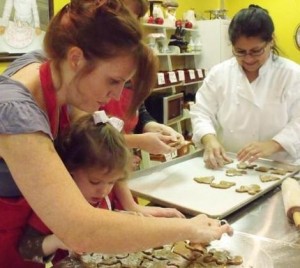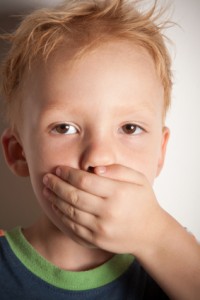While your child learns new communication skills with his speech-language pathologist (SLP), you can also work on your own communication skills. Learning more effective means of communicating with your speech disordered or delayed child can help him progress more quickly. Take advantage of everyday activities to encourage language. Create a communication-friendly environment for your child by using techniques that stimulate verbal and nonverbal communication. Always discuss home-based speech therapy with your child’s SLP. The SLP can offer advice and suggest educational activities that are tailored to your child’s needs.
How to Cope with Selective Mutism
Speech Therapy TechniquesSelective mutism, sometimes called elective mutism, refers to the abrupt cessation of speech in certain social situations, although the child can speak well in other situations. It is a severe type of social anxiety disorder. The cause of selective mutism is unknown; however, some children with the disorder have a family history of anxiety disorders.
What is Tongue Thrust?
Pronunciation & Lisps Speech Disorders Speech Therapy TechniquesTongue thrust is an orofacial myofunctional disorder (OMD). Formerly called reverse swallow or deviate swallow, tongue thrust refers to the tongue pressing up against the teeth or between them while swallowing. Some tongue thrusters move the tongue inappropriately to the sides, rather than forward to the teeth. Improper tongue positioning can also occur while the tongue is at rest, in which case it may lie too far forward.
An In-Depth Look at Aphasia
Speech DisordersOverview
Aphasia is an acquired communication disorder that results from damage to the brain, most often from a stroke. Adults are more frequently afflicted with aphasia due to the cause of the disorder; however, children may also acquire aphasia. Other causes may include an infection, head trauma, or brain tumor.
The Cluttered Speaker
Speech DisordersAs children grow, they develop fluency in their native tongues. Fluency refers to the typical flow of speech. Children with a fluency disorder often display prolonged speech sounds and word repetitions. Stuttering is one widely recognized fluency disorder; cluttering is another. These two disorders may be considered to be “cousins.” To the untrained ear, it can be difficult to distinguish these two fluency disorders.





